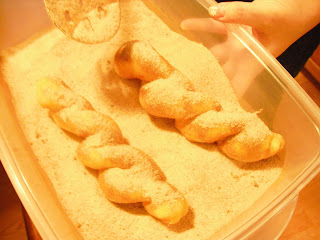I wish you the manifestation of your uniqueness
I will praise you, for I am fearfully and wonderfully made;
marvelous are your works, and my soul knows very well.
In the original Hebrew text, the word 'fearfully' means:
with great reverence and heart-felt interest and respect.
The word 'wonderfully' means:
unique, set apart, uniquely marvelous.
- King David. Psalm 139: 14
Whatever it is you're scared of doing, Do it.
Make your mistakes, next year and forever.
I wish you the characteristics of an edge-walker
Edgewalkers are the architects of the future.
They are the visionaries, the connectors of people,
ideas and actions,
the ones who trust their intuition
and commit to live according to their values.
Edgewalkers are guided by a spirit of freedom and respect.
http://www.edgewalkergroup.com/
I wish that in this year to come, you make mistakes
Edgewalkers are the architects of the future.
They are the visionaries, the connectors of people,
ideas and actions,
the ones who trust their intuition
and commit to live according to their values.
Edgewalkers are guided by a spirit of freedom and respect.
New beginnings: space and time
Intuition and synchronicity
Forgiveness, appreciation & joy
Courage & faith
Passion, creativity & design
Vitality & well-being
Authenticity & value-alignment
Connectedness
Living in the now-presence
I wish that in this year to come, you make mistakes
Because if you are making mistakes, then you are making new things,
trying new things, learning, living, pushing yourself, changing yourself, changing your world.
You're doing things you've never done before,
and more importantly, you're Doing Something.
So that's my wish for you, and all of us, and my wish for myself.
Make New Mistakes.
Make glorious, amazing mistakes.
Make mistakes nobody's ever made before.
Don't freeze, don't stop, don't worry that it isn't good enough,
or it isn't perfect, whatever it is:
art, or love, or work or family or life.
Whatever it is you're scared of doing, Do it.
Make your mistakes, next year and forever.
- Neil Gaiman




















































